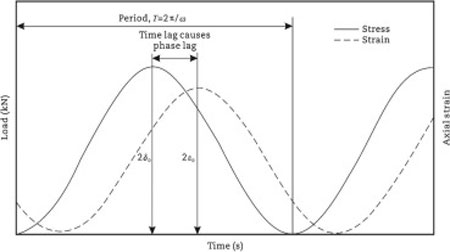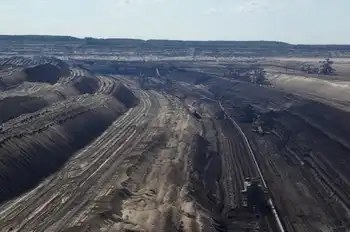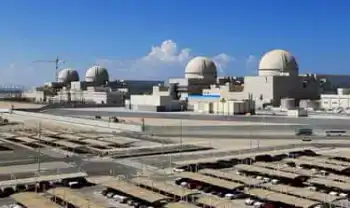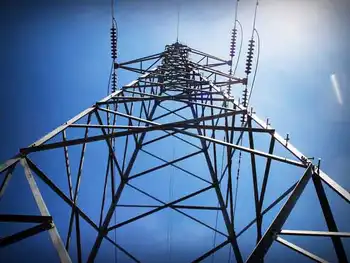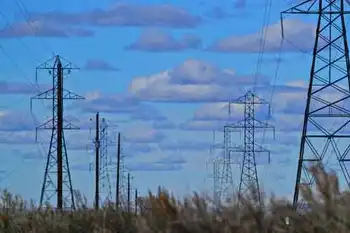Green energy stimulus growing few jobs
By Washington Times
Substation Relay Protection Training
Our customized live online or in‑person group training can be delivered to your staff at your location.

- Live Online
- 12 hours Instructor-led
- Group Training Available
A large part of the $786 billion stimulus bill was devoted to green or renewable energy projects, with President Obama, Democratic legislators and their environmental allies repeatedly promising that the money would be used to create an army of home weatherizers, wind-turbine factory jobs and other employment opportunities that would help put to work the nearly 8 million people who have lost jobs during the recession.
The president and his allies have asserted that as many as 5 million jobs would be created by spending $150 billion over the next decade on new technologies such as solar and tidal power while retrofitting buildings and residences to make them more energy-efficient.
"We know the jobs of the 21st century will be created in developing alternative energy," the president said as he campaigned last year. "The question is whether these jobs will be created in America... or overseas."
But the reality is that after a big dose of spending in the stimulus bill, no more than 100,000 or so jobs have been created, economists say, and the prospects are for only modest growth in alternative energy jobs for years to come.
"This is not the spark" that will pull the economy out of recession and put it in a lasting expansion that creates millions of jobs, said Rajeev Dhawan, director of the Economic Forecasting Center at Georgia State University. "This is not the solution to the current big unemployment problem."
Green-energy industries other than wind and hydropower remain mostly in the experimental stages and are not proven enough technologically or economically to be instrumental in pulling the economy out of recession and putting millions of people to work like the Internet boom of the 1990s or the housing boom of the early 2000s, he said.
"We need to put 7.3 million people back to work, and none of these ideas can make a dent of more than a few hundred thousand at best, and then after only a long gestation time," Mr. Dhawan said.
While green jobs likely are a wave of the future, economists say, most of them will require high levels of education and skills, and they will not be plentiful enough to take care of the millions of unemployed construction workers, retail sales clerks and factory workers who need jobs right now.
Many green industries were set back by the deep recession, despite being showered with additional government subsidies. Ethanol plants struggled to stay afloat after the big decline in oil and gas prices last year, which made it harder to compete with traditional energy sources.
Meanwhile, other projects targeted for funding in the stimulus, such as tidal power and carbon capture, still are not technologically feasible or do not make economic sense at today's energy prices, even with the subsidies.
"For all the talk about green-job creation, there's an unavoidable problem with renewable-energy technologies and the policies that promote them: From an economic standpoint, they're big losers," said Max Schulz, an analyst at the Manhattan Institute, a free-market think tank.
"Renewables can't produce the large volumes of useful, reliable energy that our economy needs at attractive prices. Government subsidizes renewables because — all things being equal — the free market won't," he said. Even before the stimulus was enacted, solar and wind projects received more than 16 times the subsidies given to nuclear, coal or oil, and yet still provided only a tiny fraction of the nation's energy, according to the Energy Information Administration.
Mr. Schulz said green-economy advocates use a kind of "fuzzy math" when counting the number of jobs created. While the number of core green jobs such as environmental engineers and wind-turbine and solar-panel factory workers is small, environmental groups and subsidized industries add in support staff such as accountants, computer programmers, sales representatives and truck drivers who deliver the products to users.
"No real standards exist for what constitutes a green job, so these numbers are fuzzy," Mr. Schulz said. "Work in an energy-intensive smelting plant producing steel for a wind turbine, and you might wind up in the green-jobs column, despite the belching pollution."
Determining the number of green jobs created since February is difficult since the economy is still losing more than 200,000 jobs a month, according to economists and the Labor Department's monthly jobs figures. The department does not directly track or even define what green jobs are, but economists who have attempted to make estimates say they probably number in the hundreds of thousands, not millions.
The administration's tracking system claims that the stimulus has saved or created more than 640,000 jobs but does not specify how many of those are "green jobs." Most appear to be in state and local health care and education. Reports from states and contractors have been riddled with mistakes and overestimates, the Government Accountability Office said in testimony.
A study for the National Governors Association by Collaborative Economics consulting group found that in 2007, just before the recession started, states such as Maryland and California had green jobs numbering from about 11,000 to 110,000 apiece, suggesting a national total of between 500,000 and 1 million. Jobs covered by the study were in a variety of areas from energy generation and efficiency to manufacturing and agriculture and offered salaries ranging from $123,650 for environmental engineers to $27,830 for shipping clerks.
The administration has pointed to studies by the Center for American Progress, the U.S. Conference of Mayors and other groups in making its predictions. Conservative critics have countered with studies showing that, even if the government programs create some jobs, those are more than offset by job losses in traditional energy sectors that are displaced by the renewable projects.
One conclusion derived from most of the studies is that the cost per job created is large. A study by the United Nations found that renewable energy projects such as solar are less efficient and more labor intensive than traditional energy, generating as many as nine jobs for each megawatt of electricity produced, compared with one job at existing coal- and gas-fired power plants.
But the cost per job can exceed $700,000, according to a study of Spain's experiment with green jobs frequently cited by conservative groups.
Despite the disappointing performance, Vice President Joseph R. Biden Jr. — the administration's point man in pushing for green jobs — proclaimed last month that the U.S. can achieve a "recovery through retrofit" by just adding funds and incentives.
He proffered a report claiming that the main obstacle to creating millions of jobs for people retrofitting homes is a lack of training and financing. Labor unions, including the Service Employees International Union, have started job-training programs to support the administration's efforts and stand to gain from further funding for the programs.
But economists say retrofitting homes, in the deepest recession since World War II, is a low priority for consumers, who are struggling with falling wages and hours, cutbacks in credit and more than one in 10 workers out of jobs.
Hard times have forced consumers to focus on necessities such as food and housing, and most do not have the financial means or inclination to begin major home-renovation projects, economists say. In fact, spending at hardware and home-improvement stores has been one of the weakest areas of retail sales throughout the recession, with sales down 13 percent in the past year.
Economists say lawmakers should be cautious about spending more money to create jobs.
About 3 percent of the first stimulus bill, or $27 billion, was funneled into transportation projects — not enough to prevent more than 1 million construction jobs from being eliminated in the past year.
"The fastest way to employ people is to start paving roads in local neighborhoods," said Mr. Dhawan. "Put the money into projects that can start breaking ground in three days."
But a survey by the Transportation Construction Coalition this month showed that 44 percent of road and transit contractors expect to lay off more permanent employees this year, despite receiving stimulus funds. The group is now pushing for additional funding, this time through reauthorization of the federal highway program, and reportedly is getting a hearing from House Democratic leaders.






